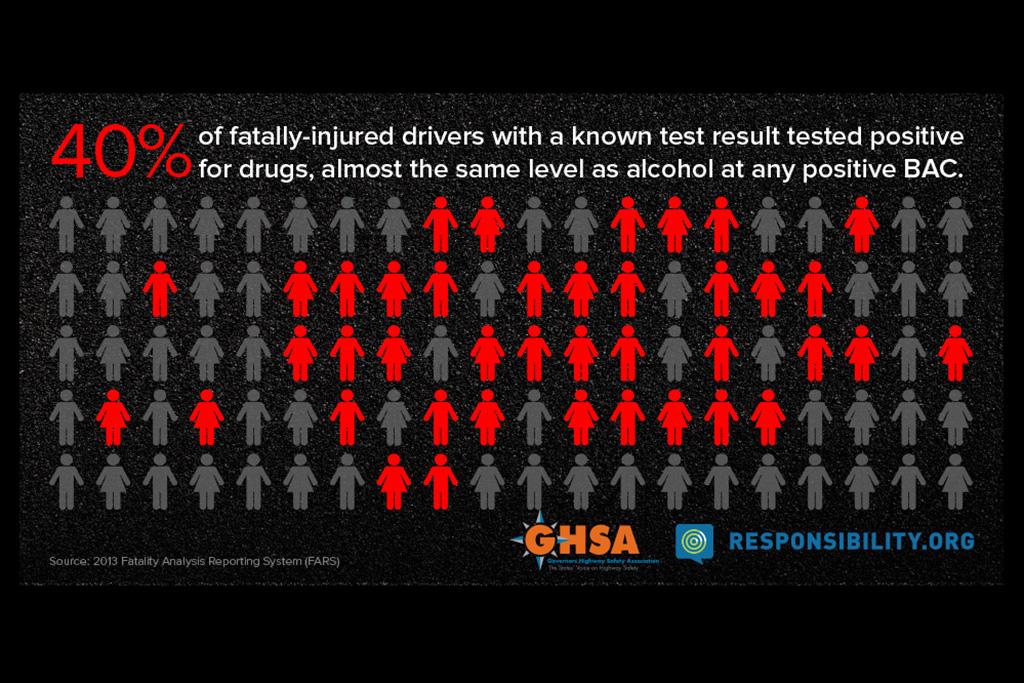
Drunken driving, one of the gravest dangers on U.S. roads for decades, continues to decline. However, the proportion of drugged-driving incidents is climbing. According to a new report by the Governors Highway Safety Association and the Foundation for Advancing Alcohol Responsibility, the percentage of fatally injured drivers testing positive for drugs is now 40 percent — just shy of the percentage testing positive for alcohol.
Related: Marijuana's Effect on Driving Not Cut-and-Dried Issue, Study Shows
GHSA's study also cites National Highway Traffic Safety Administration data showing that 22 percent of drivers tested positive for some form of drugs or medication, as well as information from the Centers for Disease Control and Prevention showing that prescription painkillers are now dispensed in the U.S. at quadruple the rate they were in 1999. Such figures add up to what researchers refer to as "mounting concern" over the emerging phenomenon of drugged driving.
Igniting the urgency of this problem, of course, is the expanding legalization and decriminalization of marijuana. The report notes that nearly half of U.S. states now permit marijuana use for medical purposes, while four states and the District of Columbia have legalized recreational use. Regardless of one's position on the issue, limited scientific data about marijuana's effect on drivers continues to make it a hot-button topic.
"Drug use by drivers is a mounting concern, particularly in light of more permissive marijuana laws and an increase in prescription drug abuse," GHSA said in a statement. "Any drug — whether illegal, filled by a prescription, or over-the-counter — can impair a person's ability to safely operate a vehicle."
Major federally funded clinical studies of marijuana's effect on driving have been conducted in recent years and analysis of the results is underway, which will impact enforcement or legislative actions. And while researchers in a recent 20-month study in Virginia Beach, Va., maintain that marijuana use impairs skills and thought processes necessary for safe driving, they acknowledge that the actual numbers show marijuana's direct involvement in the crashes examined to be, at most, minimal.
While the air clears on a direct link between drugged driving and car crashes, GHSA's new report — authored by Dr. Jim Hedlund, a former NHTSA senior official, with the assistance of a panel of state officials, researchers and national organizations — seeks to put some measures in place to address safety concerns now. This includes actions at both the state and federal levels such as examining existing drugged-driving data and updating related laws. The report also urges providing training to law enforcement personnel, prosecutors and judges; testing all fatally injured drivers for drugs; screening offenders to identify substance-abuse problems and refer them to treatment; and tracking drunken- and drugged-driving data separately.
Federal recommendations include implementing a national drugged-driving education campaign; providing resources for court officials; standardizing roadside testing policies and devices; establishing data-collection guidelines; and continuing research on the effects of drugged-driving laws and programs, as well as on the specific levels of impairment caused by different concentrations of the most commonly used drugs.
No comments:
Post a Comment